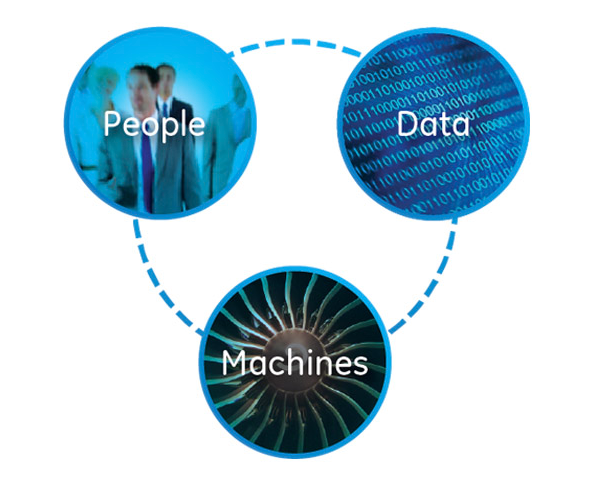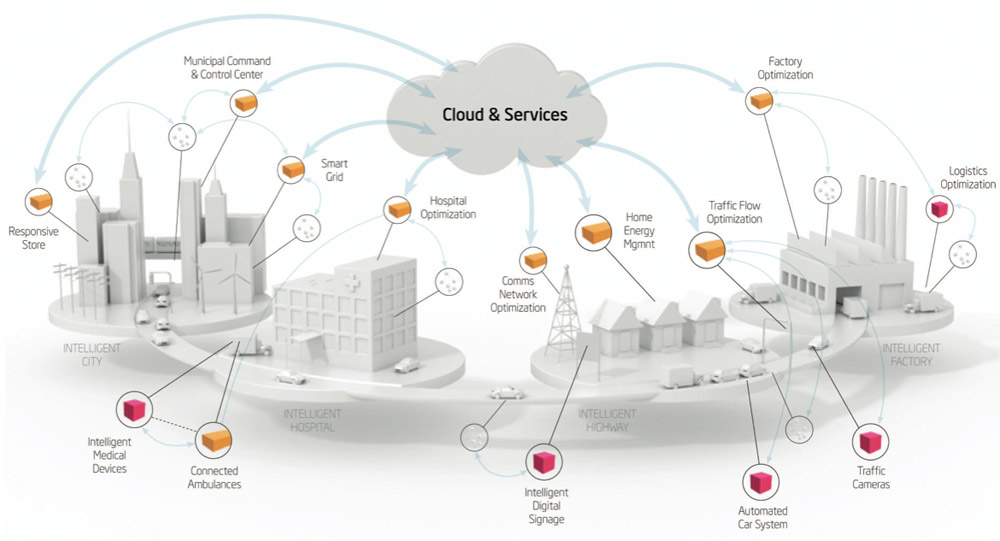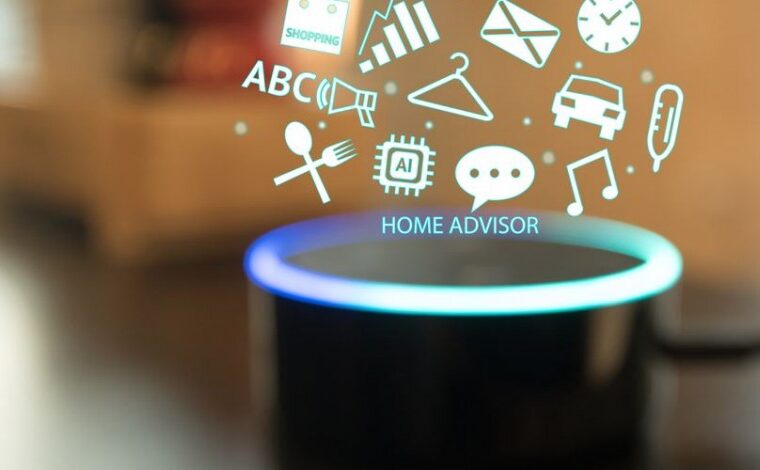Dana Carvey, Industrial Internet, and the Internet of Things
Big Data + Big Intelligence = Big Relevance:
Why I think IoT will drive hardware innovation on all fronts
This morning I saw an article posted on LinkedIn regarding “Talking Toilets” and the Internet of Things, aka IoT. I immediately thought of Dana Carvey giving his famous “from the boardroom to the bathroom” speech in 1990’s Opportunity Knocks (relive it below). Carvey argued the value of using time and door space in the bathroom stall to run marketing messages aimed at the occupants, a ‘captive’ audience. While this marriage of marketing and infrastructure seemed bizarre at the time, Carvey may have hit on something that General Electric (GE) has taken notice of. GE has gone way beyond talking toilets and stall doors, though. Here we actually have the reversal of Carvey’s idea, instead of the users learning from the hardware (marketing messages), the hardware is learning from the user (time of use, length of use, rate of wear, etc). You see, this article introduced me to a term coined by GE that I had not yet heard, Industrial Internet. It’s not a new term, it’s been around for a few years and it is the bigger picture of the Internet of Things. It encapsulates IoT, M2M intelligence, and Big Data. And, if adopted as GE hopes, it is going to change the way we live, work, and buy.
What is Industrial Internet?
Wikipedia reports that Industrial Internet is “the integration of complex physical machinery with networked sensors and software. The industrial Internet draws together fields such as machine learning, big data, the Internet of things, machine-to-machine communication and Cyber-physical system to ingest data from machines, analyze it (often in real-time), and use it to adjust operations.”
The idea is to have usage data and environmental data collected and analyzed through the use of sensors, Wi-Fi, and the cloud and then to offer that data back up to companies to use in making real-time dec isions based on real-time information and forecasts. As trends begin to emerge in the data, it becomes usable as a predictor and a valuable tool in making strategic business decisions. It can also allow a company to course correct their strategy based on real-time results. Another big advantage is to sense when connected machines need maintenance or replacement and then prompt the user/company with recommendations. All manner of automation stands to benefit as we collect data, and more importantly, learn to use it and share it with other machines/devices. The possibilities are endless as we are able to connect the parts of our lives and find smarter ways to live.
isions based on real-time information and forecasts. As trends begin to emerge in the data, it becomes usable as a predictor and a valuable tool in making strategic business decisions. It can also allow a company to course correct their strategy based on real-time results. Another big advantage is to sense when connected machines need maintenance or replacement and then prompt the user/company with recommendations. All manner of automation stands to benefit as we collect data, and more importantly, learn to use it and share it with other machines/devices. The possibilities are endless as we are able to connect the parts of our lives and find smarter ways to live.
How will it change how we live, work, and BUY?
Well, consider these few examples on how we live and work:
- A car that can drive itself based on real-time weather, traffic, and sensor data
- A hot water heater that senses that the heating element is reaching it’s lifespan or wear level and prompts a message or communication from the manufacturer that its time to service
- Factories that can run smoother due to informed supply and purchasing decisions and able to stay efficient due to sensors telling them when there is a flub in the manufacturing process, all leading to savings that can be passed on to the customer
- Transportation networks that can run smoother due to real-time weather and traffic information and that can sense weaknesses in infrastructure immediately, before it is a danger to passengers.
And how about how we BUY? Right now, I believe IoT and Industrial Internet can only gather information, share information, and make pre-arranged changes based on that information. I don’t see a large payments piece to it yet but the next logical step is to create transactions based on real-time information. So, imagine the scenario where your IoT enabled HVAC unit senses that the air filter is clogged. The unit sends this data to manufacturer who then sends it to dispatch and a technician is sent out to replace the air filter and the fee is automatically deducted from your bank account that you have set up with the service. While the payments piece is still not there, we begin to see a world where information can be used to allow operations to run as smooth as possible at the company, factory, household, and even civic / global level, with little interference.
Take a look at LG’s rendition of a world ruled by the Internet of Things below.
How will it kick-start innovation in hardware?
To make this beautiful dance of the Internet of Things work, the world must be outfitted with IoT / Internet enabled devices. This will require innovation at all levels as we see a resurgence of new ideas in the somewhat stale hardware markets. Aside from POS systems that have continued to innovate to meet the EMV deadline this year and to keep pace with the mobile innovations, many hardware firms had seen dwindling returns during the economic downturn. Companies with shortages on their balance sheet were overlooking updates to hardware and infrastructure. Folks began looking to software and the internet as their new innovation playground and revenue producer. The tide is turning, though, as big data gives way to big intelligence and it is now the hardware’s turn to get its creative on.
So, who’s buying into all this, anyways?
Well, in March 2014, the Industrial Internet Consortium (IIC) was founded. As of today, it’s over 150 members comprise a list of pretty high-profile companies, many with large hardware divisions including Samsung Electric, Intel, Tyco, Toshiba, UI Labs, Verisign, Symantec, Schneider Electric, UNISYS, SAP SE, NEC Corparation, Mitsubushi Electric, Fujitsu, Bosch, Microsoft, IBM, HP, Pitney Bowes, Hitachi, Honeywell, Blackberry, AT&T, Cicsco, and Dell to name a few. All these companies believe in the IoT. According to the IIC, its “members represent large and small industry, entrepreneurs, academics and government organizations with an interest in helping to shape and grow the Industrial Internet.”
It will be very interesting to see how the IoT plays out and how companies re-invent themselves and their products to grab a piece of this new platform for business and life.
References:
Broadband Nation – Talking Toilets – And The Internet Of Things – http://broadband-nation.blogspot.com/2015/04/talking-toilets-and-internet-of-things.html
Forbes – 5 Ways the Industrial Internet Will Change Manufacturing – http://www.forbes.com/sites/ciocentral/2012/11/29/5-ways-the-industrial-internet-will-change-manufacturing/
Wikipedia – Industrial Internet – http://en.wikipedia.org/wiki/Industrial_Internet
Industrial Internet Consortium (IIC) – http://www.iiconsortium.org/index.htm
Youtube – Opportunity Knocks “Boardroom to Bathroom” – https://www.youtube.com/watch?v=Y32IaFUY27Q
Author: Julie Lambert – Admin & Social Media Marketing Manager for MoneyTech Search Group®. julie@moneytechsearch.com



